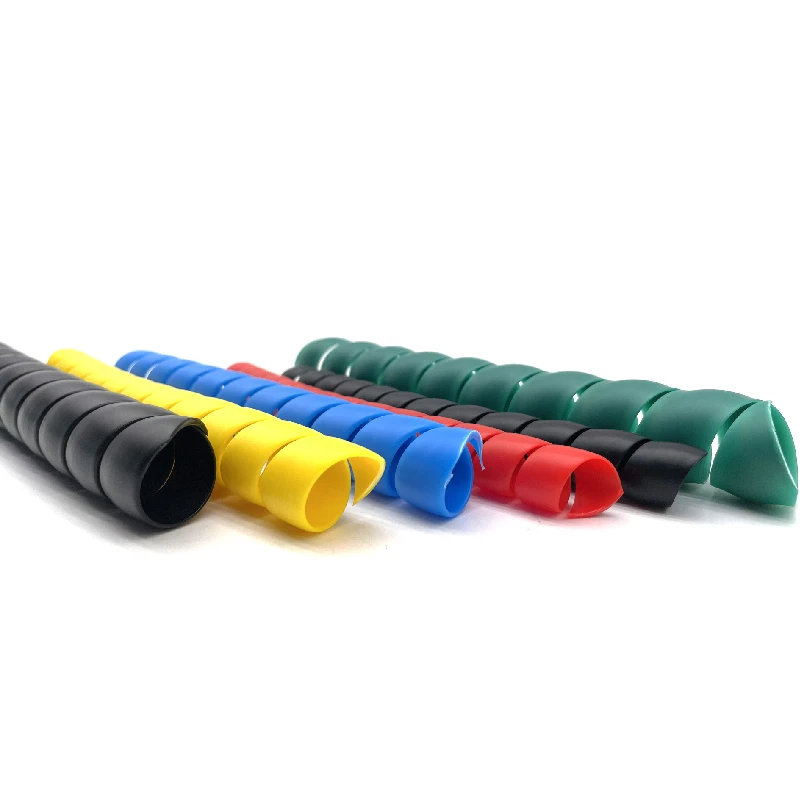R134a Refrigerant Recharge Hose with Pressure Gauge for Efficient AC Maintenance
Understanding R134a Recharge Hose with Gauge A Comprehensive Guide
When it comes to maintaining your vehicle’s air conditioning system, one of the most crucial tools you'll need is an R134a recharge hose with a gauge. This specialized tool not only makes recharging your AC system easier but also ensures that you do it safely and efficiently. In this article, we will delve into the importance of using a recharge hose, how to use it, and tips for maintaining your vehicle’s cooling system.
What is an R134a Recharge Hose?
An R134a recharge hose is a flexible tube designed to connect a can of R134a refrigerant to your vehicle's AC system. The hose is equipped with a pressure gauge that allows you to monitor the refrigerant pressure before and during the recharging process. This ensures that you add the correct amount of refrigerant without overcharging the system, which can lead to serious damage.
Why is it Important?
Refrigerant plays a vital role in the cooling process of your vehicle's AC system. Over time, AC systems can develop leaks, resulting in a loss of refrigerant. This can lead to decreased cooling performance and, if not addressed, can harm the compressor and other components. Using an R134a recharge hose with a gauge enables car owners to easily check their refrigerant levels and recharge the system when necessary.
How to Use an R134a Recharge Hose with Gauge
1. Preparation Start by ensuring your vehicle is parked in a safe, well-ventilated area. Make sure the engine is turned off and the AC is set to the maximum cooling setting.
2. Locate the Low-Pressure Port The R134a recharge hose is designed to connect to the low-pressure side of the system. Typically, this port is located on the larger diameter tubing in the AC system, marked with an L for low.
r134a recharge hose with gauge

3. Attach the Hose Remove the cap from the low-pressure port and attach the recharge hose securely. Ensure there are no cross-threading issues.
4. Check the Gauge Before adding refrigerant, check the gauge to see the current pressure level. If the pressure is below the recommended level (typically shown on the gauge), it’s a signal that you need to recharge.
5. Add Refrigerant While the engine is running and the AC is set to MAX, slowly open the valve on the refrigerant can to allow the refrigerant to flow into the system. Keep an eye on the gauge; you want to reach the optimum pressure indicated for your vehicle.
6. Disconnect and Check Once the desired pressure is achieved, close the valve, disconnect the hose, and replace the dust cap on the low-pressure port.
Tips for Maintenance
- Regular Checks Periodically check the refrigerant levels, particularly before the hot summer months. Early detection of low refrigerant can save you from expensive repairs.
- Monitor Performance If you notice your AC is not cooling effectively, it might not just be low refrigerant. Other issues could be at play, so consider a professional inspection.
- Handle Safely Always use protective gloves and eyewear when handling refrigerants, as they can be harmful to both skin and eyes.
In conclusion, an R134a recharge hose with a gauge is an invaluable tool for any vehicle owner looking to maintain their air conditioning system’s efficiency. Understanding how to correctly use this tool can save you time and money while ensuring your car remains comfortable, especially during those hot days. Regular maintenance and vigilance can boost your AC's performance and longevity, keeping you cool in every drive.
-
Ultimate Spiral Protection for Hoses & CablesNewsJun.26,2025
-
The Ultimate Quick-Connect Solutions for Every NeedNewsJun.26,2025
-
SAE J1401 Brake Hose: Reliable Choice for Safe BrakingNewsJun.26,2025
-
Reliable J2064 A/C Hoses for Real-World Cooling NeedsNewsJun.26,2025
-
Heavy-Duty Sewer Jetting Hoses Built to LastNewsJun.26,2025
-
Fix Power Steering Tube Leaks Fast – Durable & Affordable SolutionNewsJun.26,2025

